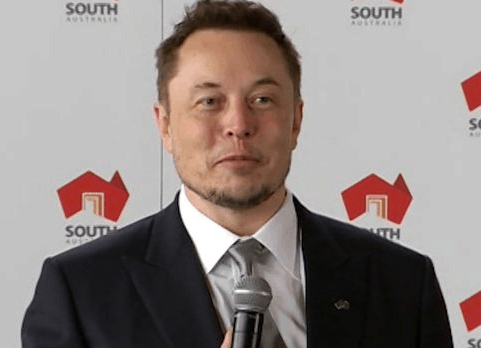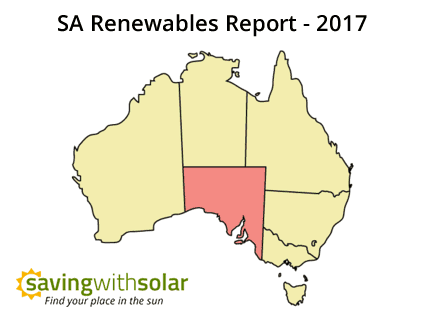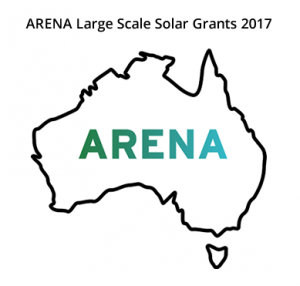A massive boon for South Australian solar today as Tesla’s Elon Musk and the South Australian government have paired with Neoen to create the world’s largest lithium-ion battery. The Tesla South Australia partnership will be a world first and comes off the back of a bunch of Twitter banter in March 2017 between Musk and various Twitter users (initially spearheaded by Atlassian co-founder Mike Cannon-Brookes), where he mentioned he is in discussions with the Premier about installing large scale solar in South Australia.
Just spoke with @JayWeatherill, Premier of South Australia. Very impressed. Govt is clearly committed to a smart, quick solution.
— Elon Musk (@elonmusk) March 11, 2017
Tesla South Australia to create world’s biggest battery
The project will be 100MW (or 129MWh) and according to Musk on Twitter earlier in the year, it’ll be installed ‘within 100 days from contract signature or it is free’ – so we’ll be seeing the battery live and working this year! Jay Weatherill, the Premier of South Australia, was quoted as saying “Battery storage is the future of our national energy market, and the eyes of the world will be following our leadership in this space”.
According to Nick Harmsen on Twitter, the battery will be built alongside Neoen‘s Hornsdale wind farm (currently 315MW), which is in Jamestown (mid-north South Australia). More details of the partnership coming straight from Heatherill’s office are embedded in the Tweet below:
Details of big battery announcement here @abcnews pic.twitter.com/iqlGtjW4Dt
— Nick Harmsen (@nickharmsen) July 7, 2017

Tesla’s Musk was quoted today at a press conference at the Adelaide Oval as saying “It’s a fundamental efficiency improvement to the power grid, and it’s really quite necessary and quite obvious considering a renewable energy future”.
We are installing the world’s largest lithium-ion battery storage project in South Australia https://t.co/pjmhkrtT89
— Tesla (@TeslaMotors) July 7, 2017
Tesla / South Australia Battery Partnership Reception
In an opinion piece for The Advertiser, Redflow CEO Simon Hackett has said South Australia’s 129 MWh Tesla project sets up the state as a world leader in battery storage. He also noted that it ‘confirms the integral role that batteries will play in the successful exploitation of renewable energy sources’.



